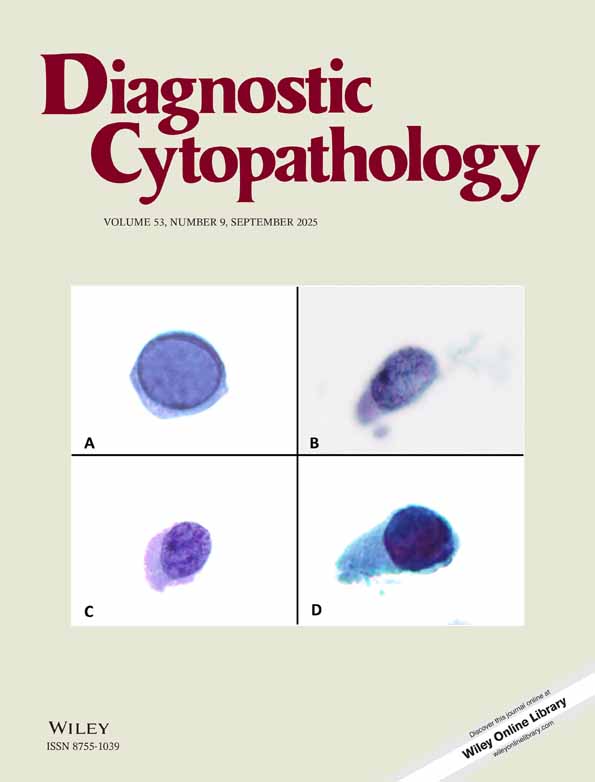Dysbacteriosis in silver-stained cervical smears of Dutch-Moroccan immigrants: HPV infection and preneoplasia
Abstract
The vaginal/cervical smears of a group of Moroccan immigrants were used to compare vaginal dysbacteriosis (i.e., a bacterial population change with a decrease in lactobacilli and an increase of coccoid bacteria in vaginal/cervical smears) with Dutch women.
From our archives, 779 smears from Moroccan immigrants were compared with 1,060 smears of age-matched Dutch women. For bacterial flora, Jones–Marres silver stains were used to define four groups. Koilocytosis and cervical intraepithelial neoplasia (CIN) were also recorded.
The bacterial vaginal flora of Moroccan immigrants and Dutch women was different. The Moroccan women had a lower dysbacteriosis than Dutch women (3% vs. 24%). Koilocytosis and CIN were less frequent in the immigrant population.
The possible synergy of a disturbed vaginal flora with human papillomavirus (HPV), HIV, or cervical preneoplasia indicates that vaginal hygiene and a normal flora may have positive effects on the uterine cervix. Diagn. Cytopathol. 2006;34:56–61. © 2005 Wiley-Liss, Inc.




